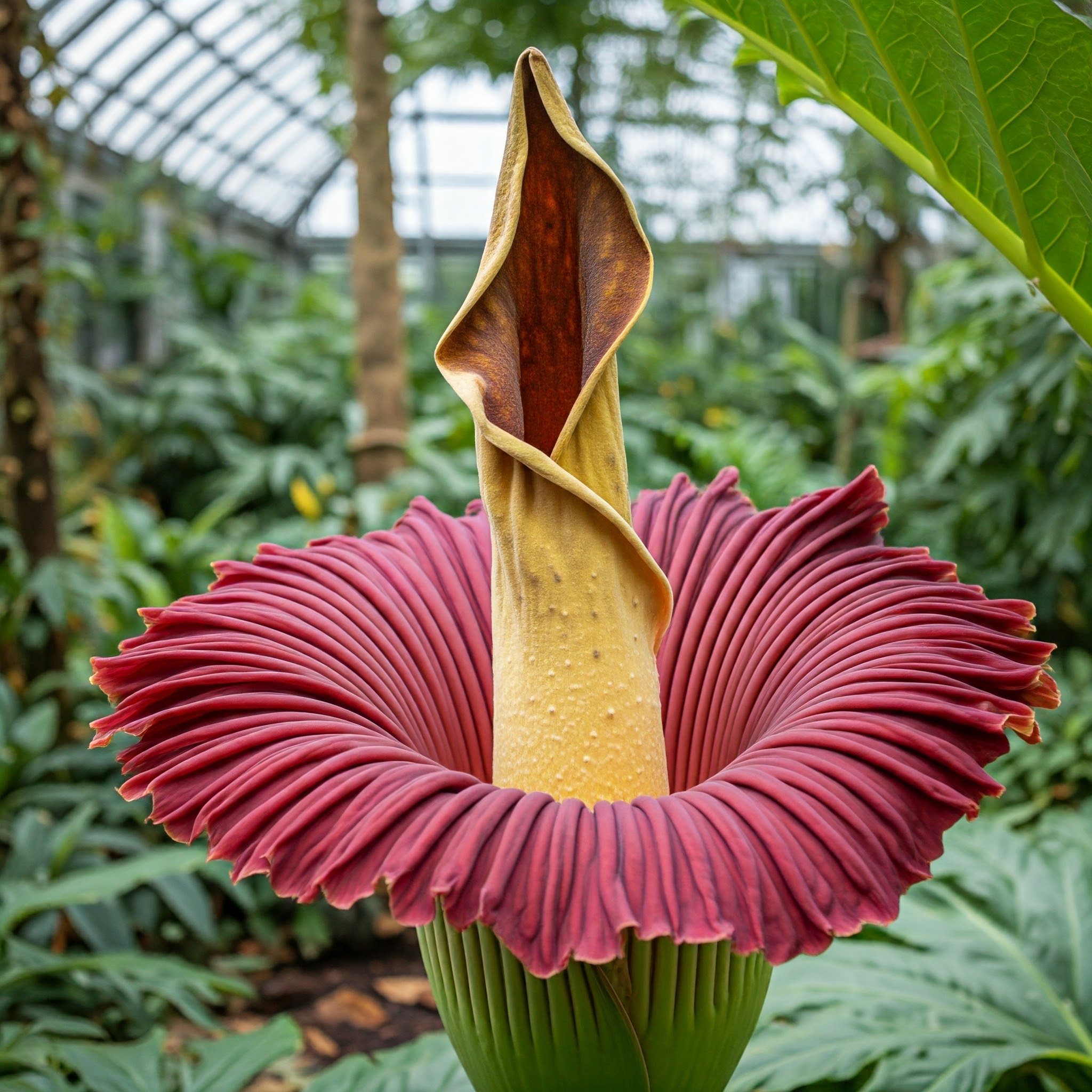Field bindweed (Convolvulus arvensis) is a tenacious vining plant with a reputation that precedes it. While its delicate white or pink trumpet-shaped flowers hold a certain charm, this aggressive grower is considered a noxious weed in many regions. Its extensive underground network of roots and prolific seed production make it a formidable foe in the garden.
This comprehensive guide dives deep into the world of field bindweed, exploring its identification, growth habits, and most importantly, effective control methods. Whether you’re a seasoned gardener or a newbie facing your first bindweed invasion, this article equips you with the knowledge and strategies to combat this persistent weed.
Unveiling the Field Bindweed: A Closer Look

Understanding the enemy is key to effective control. Let’s delve into the identifying characteristics of field bindweed:
- Leaves: Arrowhead-shaped, with smooth margins and pointed tips. They occur in an alternating pattern along the stem.
- Stems: Twining, slender, and hairless, reaching lengths of up to 6 meters (20 feet).
- Flowers: Funnel-shaped, white or pale pink with five petals, blooming from June to September.
- Roots: The most troublesome aspect of field bindweed. It boasts an extensive network of deep taproots and creeping lateral roots that can reach depths of 10 meters (33 feet).
A Force of Nature: How Field Bindweed Spreads
Field bindweed’s success lies in its relentless pursuit of expansion. Here are its primary methods of spreading:
- Seeds: A single bindweed plant can produce a staggering number of seeds – up to 500 per plant! These seeds remain viable in the soil for decades, waiting for the opportune moment to germinate.
- Root fragments: Even the smallest piece of root left behind during removal can sprout into a new plant.
- Stems: The twining nature of the stems allows bindweed to climb over existing plants, smothering them in the process.
The Fight for Your Garden: Effective Control Methods
Eradicating field bindweed completely is a challenging feat. However, persistent control methods can significantly reduce its population and prevent further spread. Here’s your arsenal for battle:
A. Manual Removal: Persistent Weeding
- Frequency: Regular weeding is crucial. Aim to remove bindweed every few weeks, before it has a chance to set seed.
- Technique: Dig up the entire plant, including as much root as possible. Be meticulous, as any remaining root fragments can regenerate.
- Caution: Composting bindweed can inadvertently spread seeds. Bag and dispose of it properly.
B. Smothering Techniques: Cutting off Sunlight
- Mulching: Apply a thick layer of organic mulch (around 10 cm or 4 inches) around desirable plants to prevent bindweed seeds from germinating.
- Black Plastic: Cover infested areas with black plastic sheeting for an entire growing season. This deprives bindweed of sunlight and depletes its root reserves.
C. Chemical Warfare: Herbicides as a Last Resort
- Herbicides: Glyphosate-based herbicides can be effective against bindweed, but use them with caution.
- Selectivity: Choose a selective herbicide that targets broadleaf weeds like bindweed while sparing your desired plants.
- Follow the Label: Always adhere to the application instructions and safety precautions on the herbicide label.
Herbicide Application Tips for Field Bindweed Control
| Factor | Tip |
| Timing | Apply herbicide during active growth, typically in late spring or early summer. |
| Foliar Application | When using a foliar spray, target the leaves of the bindweed, avoiding contact with desirable plants. |
| Repeat Application | Multiple applications may be necessary for complete control, following label-recommended intervals. |
Prevention is Key: Keeping Field Bindweed at Bay
- Maintain a Healthy Garden: Healthy, vigorous plants compete more effectively with bindweed for space and resources.
- Cleanliness: Remove any bindweed seedlings promptly before they establish themselves.
- Watch the Edges: Pay close attention to garden borders and edges, where bindweed can easily invade from neighboring areas.
Beyond Control: Beneficial Aspects of Field Bindweed (Maybe)

While field bindweed is a formidable foe in cultivated gardens, it can offer some ecological benefits in natural settings. Here’s a glimpse into a lesser-known side of this persistent plant:
- Habitat Provider: The dense foliage of bindweed can provide shelter and nesting sites for beneficial insects and small animals.
- Erosion Control: Its extensive root system can help stabilize loose soil and prevent erosion, particularly on slopes and embankments.
- Food Source: Some specialist insects, such as the bindweed seed weevil, actually depend on bindweed as a food source.
It’s important to remember that these potential benefits are often outweighed by the detrimental effects of bindweed in managed landscapes. However, understanding its ecological role can provide a more nuanced perspective on this complex plant.
Conclusion: The Ongoing Battle with Field Bindweed
Field bindweed presents a constant challenge for gardeners. However, with a combination of persistent control methods, preventative measures, and a touch of patience, it’s possible to keep this tenacious weed at bay and reclaim your garden paradise. Remember, the key lies in early detection, consistent effort, and a good understanding of the enemy’s weaknesses. By employing the strategies outlined in this guide, you can transform your fight against field bindweed from a frustrating battle into a manageable struggle, allowing your desired plants to flourish.




